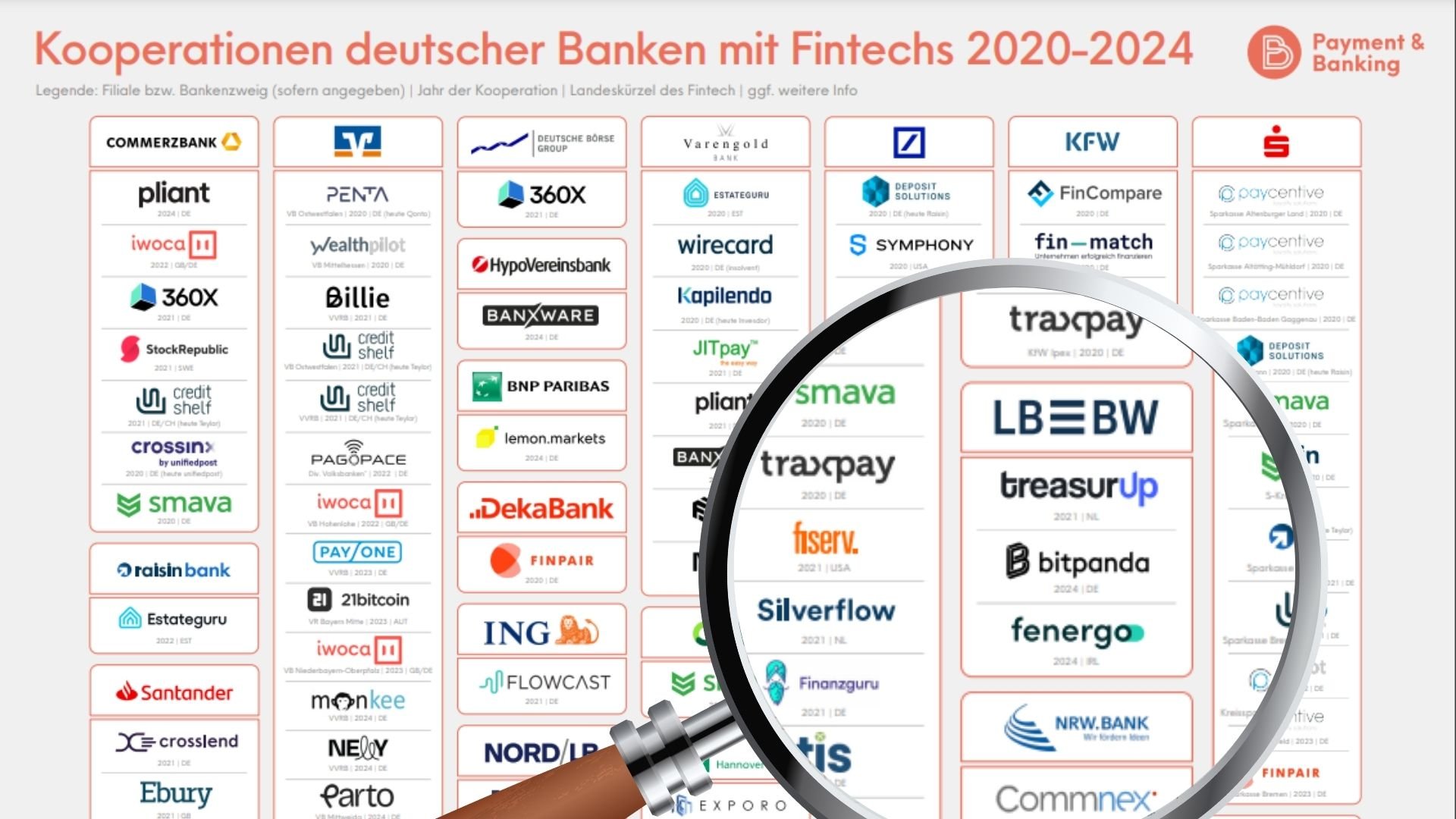Nach einem monatelangen, schwindelerregenden Anstieg der Verbraucherpreise erreichte die Inflation in Deutschland im Juni 8,2 %.[1] Der Markt ist gefangen zwischen der anhaltenden Energiekrise und einer weit verbreiteten Lieferkettenstörung, wobei die Prognosen für das Wirtschaftswachstum von 3,1 % auf 2,5 % gekürzt wurden.[2] Doch während die Margen der deutschen Einzelhändler in alle Richtungen gedrückt werden, gilt das auch für ihre Zahlungspartner?
Steigende Kosten für die Zahlungsannahme
Händler sind derzeit zunehmend mit steigenden Kosten im Zahlungsverkehr, vor allem aber auf der Akzeptanzseite, konfrontiert. Wobei prozentuale Gebührenelemente sowohl bei girocard- als auch bei internationalen Transaktionen entsprechend der Inflation ansteigen.
CMSPI schätzt, dass seit der Einführung der Interchange Fee Regulierung im Jahr 2015 zusätzliche jährliche Kosten in Höhe von 126 Millionen Euro für deutsche Einzelhändler entstanden sind. Vor allem trägt die nicht regulierte „Scheme Fee“-Komponente der Händlergebühren auf Karten, die mit den wichtigsten internationalen Schemes versehen sind, dazu bei.[3] Unsere Daten deuten darauf hin, dass die durchschnittliche Gebühr für die Annahme dieser Kartenzahlungen in Europa jetzt höher ist als vor der MIF-Verordnung im Jahr 2015.

Das Problem liegt nicht nur in den Kosten, sondern auch in der Komplexität. Gerade als die Einzelhändler glaubten, sie hätten die größten Schwierigkeiten hinsichtlich der Umsetzung der Vorschriften zur starken Kundenauthentifizierung (SCA) im Internet überwunden, änderte sich im Frühjahr die Art und Weise, wie die Gebühren für die Verwendung des 3D-Secure-Verfahrens – der von den globalen Kartenmarken gewählten Technologie für die Einhaltung der SCA-Vorschriften – erhoben wurden.
Diese Gebühren erschütterten E-Commerce Händler im Zusammenhang mit der Pandemie zusätzlich, da das Volumen der Onlinetransaktionen in der Vergangenheit stark angestiegen ist.Und als ob das noch nicht genug wäre, kannibalisieren einige der teuersten Online-Zahlungsmethoden des Marktes wie z.B. Buy Now Pay Later weiterhin „klassische“ BNPL-Optionen wie den Kauf auf Rechnung.[4]
Müssen Einzelhändler also am Ende mehr pro Transaktion zahlen?
Für Kunden und Händler kann sich die Inflation wie ein Lose-Lose-Spiel anfühlen. Doch im Bereich der Kartenzahlungen können die vielen prozentualen Gebühren, die den Unternehmen in Rechnung gestellt werden, bedeuten, dass ein höherer Transaktionswert gleichbedeutend ist mit höheren Einnahmen für die Lieferkette, ganz konkret für die Zahlungsdienstleister. Das Ungleichgewicht besteht bereits; eine Analyse der Finanzdaten der großen Kartensysteme zeigt Gewinnspannen von über 50 %,[5] während die Zahl im Einzelhandel, z.B. im Lebensmitteleinzelhandel, bei nur 1,11 % liegt. [6] Der CEO eines Kartensystems wurde in seinem Q2 Earnings Call mit den Worten zitiert: „Netto-Netto war die Inflation in der Vergangenheit positiv für uns“.[7] Die Gefahr, dass die Gebühren sowohl für girocard- als auch für internationale Zahlungen, die beide ein prozentuales Gebührenelement enthalten, im Einklang mit der Inflation steigen, macht es für Händler daher zwingend erforderlich, sich um einen Ausgleich mit ihren Zahlungsdienstleistern zu bemühen.
Kundentreue bei steigender Inflation
Neben den steigenden Transaktionsgebühren gehört der Verlust eines guten Kunden zu den höchsten Kosten im Zahlungsverkehr. Beide Faktoren üben einen oft nicht quantifizierbaren Druck auf die Margen des Einzelhandels aus. Unter diesen Gesichtspunkten betrachten Händler den Zahlungsverkehr heute mehr als jemals zuvor, denn es steht nicht nur ein Verkauf auf dem Spiel, sondern ein potenzieller Kunde für das ganze Leben.
Analysen zeigen, dass die Wahrscheinlichkeit, an einen bestehenden Kunden zu verkaufen, bis zu 14 Mal höher ist, als die Wahrscheinlichkeit, an einen neuen Kunden zu verkaufen.[8] Diese Stammkunden probieren mit 50 % höherer Wahrscheinlichkeit neue Produkte aus und geben im Durchschnitt 31 % mehr aus, was bedeutet, dass sich die Kundenbindungsrate unverhältnismäßig stark auf die Profitabilität auswirken kann.[9]

CMSPIs Retail Payments Conference ist endlich zurück. CMSPI lädt die wichtigsten Händler Europas ein, um gemeinsam den Zahlungsverkehr produktiver zu gestalten.
Besuchen Sie die Konferenz vom 7. bis 8. November 2022 in London, wo die neuesten Erkenntnisse aus dem Zahlungsverkehr, von Europas Top-Einzelhändlern für Europas Top-Einzelhändler kuratiert, präsentiert werden.
Diese dringende Notwendigkeit, Kunden zu gewinnen und zu binden, macht es umso frustrierender, wenn Zahlungen dazwischenkommen. CMSPI schätzt, dass in Europa im Jahr 2021 Transaktionen im Wert von über 25 Milliarden Euro fälschlicherweise in irgendeinem Schritt des Zahlungsflusses abgelehnt wurden, wodurch treue Kunden ermutigt wurden, bei Wettbewerbern einzukaufen, die nur einen Klick entfernt sind.
Wie Unternehmen den Druck entlasten können
Heutzutage können die Zahlungen nach den Arbeitskosten die zweitgrößten Kosten eines Händlers sein.[10] Angesichts der Inflation werden Einzelhändler in alle Richtungen unter Druck gesetzt, während ein größerer Teil ihres Umsatzes an Dienstleister fließt, die lediglich die gleichen Aufgaben wie zuvor erfüllen. Als Paymentpartner einiger der weltweit führenden Händler verfügt CMSPI über jahrelange Erfahrung bei der Senkung der Transaktionskosten von Einzelhändlern und der Steigerung ihrer Einnahmen.

Viele der prozentualen Gebühren, die Händler zahlen, werden als „Pass-Through“ betrachtet – was bei den Händlern den Eindruck erweckt, dass sie nicht verhandelbar sind und gleichmäßig angewendet werden. Das ist nicht immer der Fall; zusätzliche Ansatzpunkte können in allen Teilen der Händlerentgelte, also auch den vermeintlich durchgereichten Gebühren liegen. Hinzu kommt, dass CMSPI bei fast der Hälfte der geprüften Abrechnungen Fehler feststellt, die zu zahlreichen Verbesserungsmöglichkeiten führen.
Das Gleiche gilt für die Kundenbindung. Im Jahr 2022 bleibt der Zahlungsverkehr ein oft ungenutzter Bereich, der über den Erfolg jedes einzelnen Verkaufs entscheidet. Die Nutzung dieses Potenzials erfordert eine datengestützte Analyse aller Elemente, vom Erscheinungsbild einer Zahlungsseite bis hin zu den Betrugsregeln der ausstellenden Banken, die möglicherweise Transaktionen am Ende der Kette übermäßig ablehnen. Wenn all diese Faktoren unbekannt bleiben, kann dies bedeuten, dass Einsparungen auf dem Tisch liegen bleiben und treue Kunden unwissentlich zu einem Konkurrenten gedrängt werden. Angesichts des starken Drucks, der auf dem Einzelhandel lastet, ist es für Händler an der Zeit, ihre Zahlungsakzeptanz und die damit einhergehenden Vereinbarungen zu optimieren, wenn sie – und ihre Kunden – es am nötigsten brauchen.
[1] https://www.reuters.com/markets/europe/german-inflation-unexpectedly-cools-off-june-82-2022-06-29/
[2] https://www.reuters.com/markets/europe/less-growth-more-inflation-german-economy-2022-ifo-2022-06-15/#:~:text=The%20institute%20cut%20its%202022,up%20from%20an%20earlier%205.1%25.
[3] CMSPI Schätzungen und Analyse
[4] https://fintechmagazine.com/digital-payments/soaring-inflation-sees-people-turn-to-bnpl-finds-rfi-global / EHI Online Payment 2022 Präsentation
[5] https://s29.q4cdn.com/385744025/files/doc_downloads/Visa-Inc_-Fiscal-2021-Annual-Report.pdf
[6] https://www.fool.com/earnings/call-transcripts/2022/04/27/visa-v-q2-2022-earnings-call-transcript/
[7] https://pages.stern.nyu.edu/~adamodar/New_Home_Page/datafile/margin.html
[8] https://www.forbes.com/sites/forbesagencycouncil/2020/01/29/the-value-of-investing-in-loyal-customers/?sh=57f0662a21f6
[9] https://www.forbes.com/sites/forbesagencycouncil/2020/01/29/the-value-of-investing-in-loyal-customers/?sh=57f0662a21f6
[10] https://nrf.com/blog/swipe-fees-drive-inflation-and-consumers-ultimately-pay-price#:~:text=Swipe%20fees%20have%20more%20than,go%20up%20when%20prices%20increase





